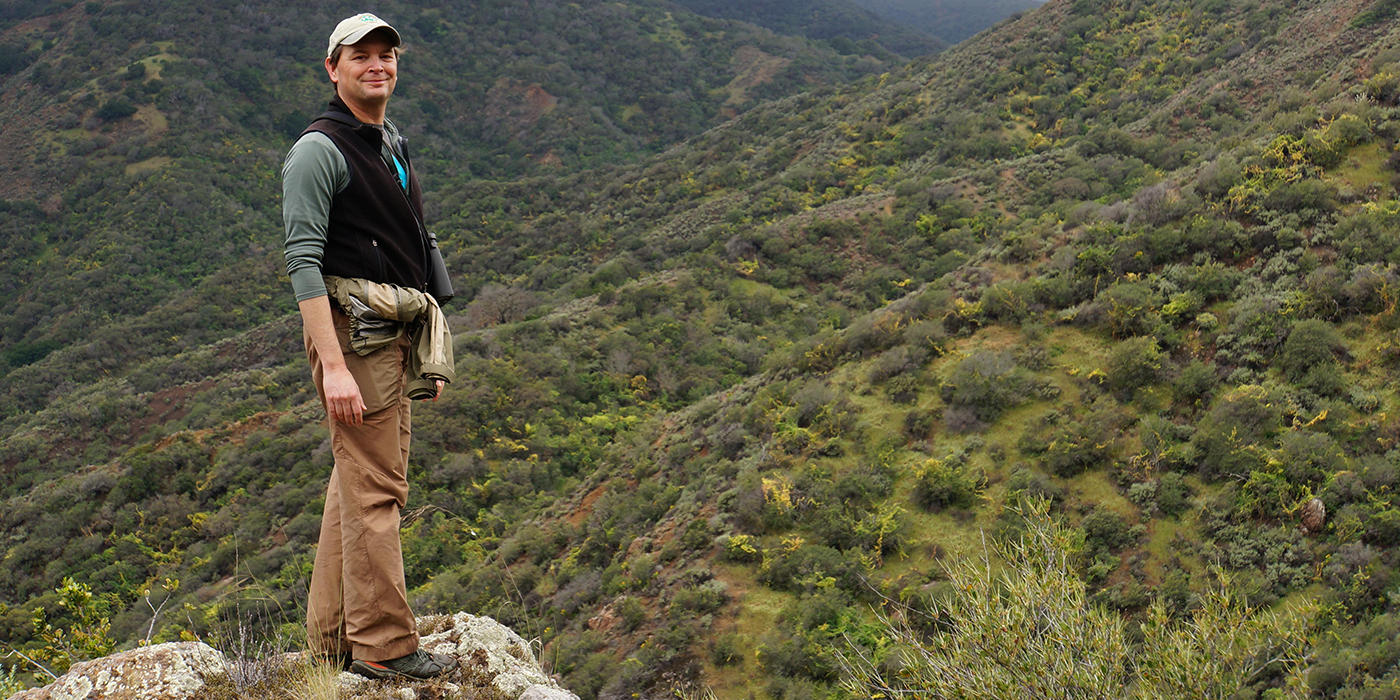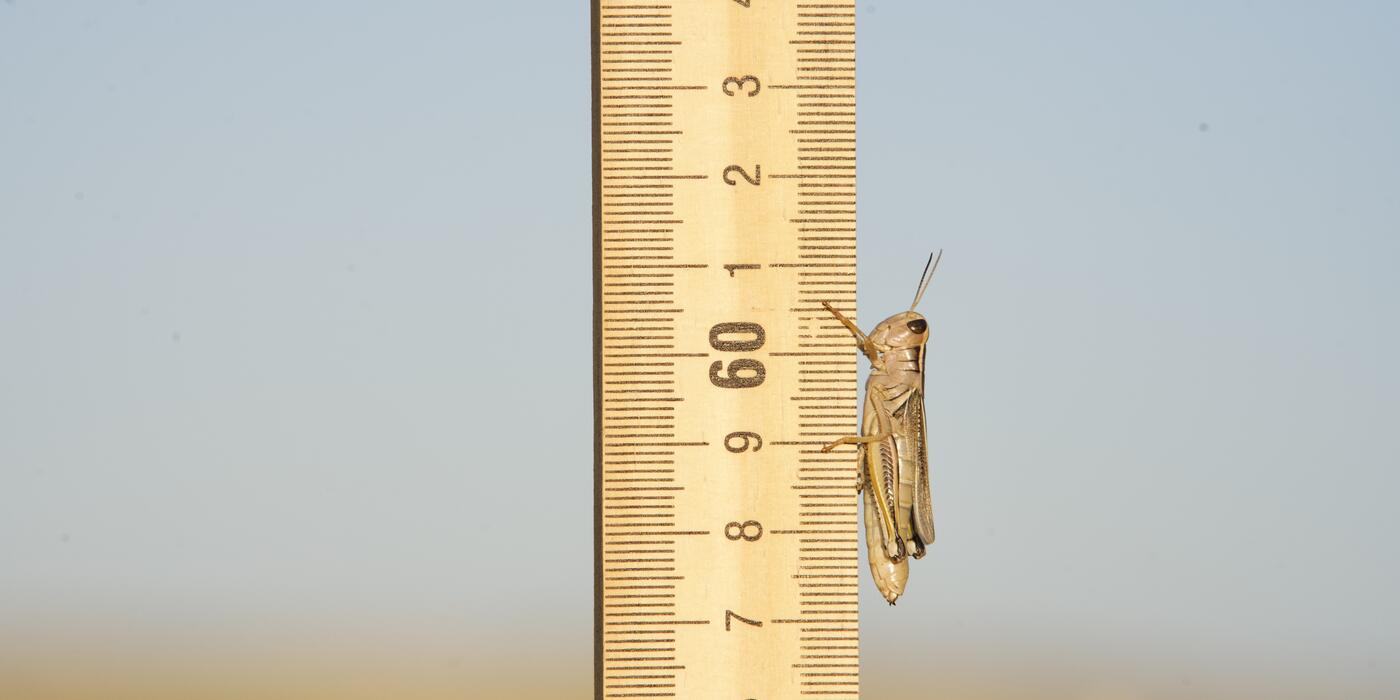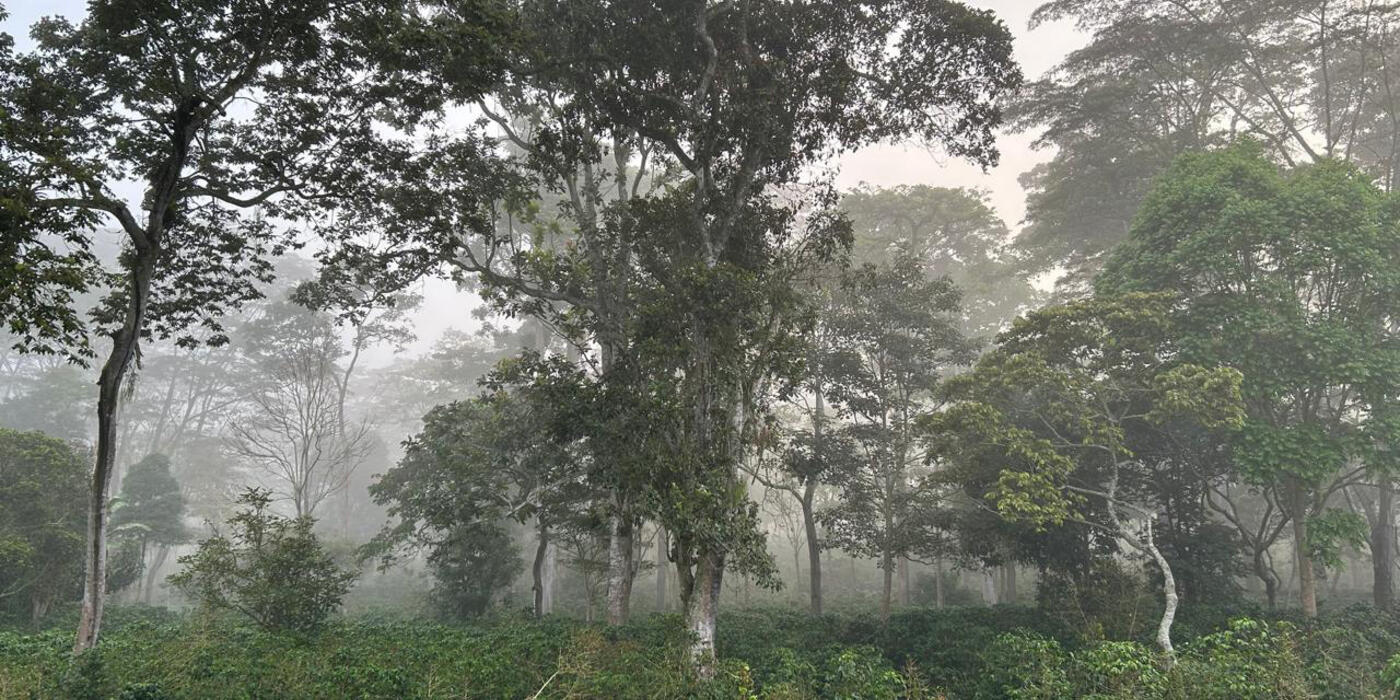Birds Connect Our World
As the sounds of traffic and crowds have hushed, you may have noticed more birdsong than usual. Stay-at-home measures keeping most of us indoors are likely emboldening our feathered friends, and many more humans are stopping to listen.
Neotropical migratory birds like red-eyed vireos, Cape May warblers and wood thrushes are now returning from their tropical winter grounds to set up breeding territories, build nests and raise their young. Citizen science programs like e-Bird, webinars on birdwatching and bird cams allow us to connect with birds from our home and yards. In times of uncertainty, birds remain a symbol of hope, connectivity and perseverance. No wonder they are the most widely watched, photographed and studied wild animals on Earth.
As a population ecologist, I study how the climate, predators and availability of insect prey cause bird populations to grow and decline. At this time of year, I am usually preparing spring fieldwork at the Hubbard Brook Experimental Forest in New Hampshire — where my colleagues and I have been studying birds since 1969. Our current research focuses on black-throated blue warblers. We find and monitor their nests, capture and color-band adults, and use miniature radio tags to track individuals from New Hampshire to their winter grounds in Cuba, Jamaica, and Hispaniola.
In the year that passes from when they are first fitted with their tracking devices, these 9-gram (0.3-ounce) warblers travel thousands of miles between their breeding and wintering areas, following mountain ranges and rivers, flying over the open sea and sometimes passing through cities. Their nocturnal journeys are mirrored by dozens of other songbird species that breed in the vast northern hardwood forests of the eastern United States and Canada and winter in the Caribbean. This wondrous cycle needs our protection. Healthy bird populations mean thriving ecosystems that humans depend upon for sustenance, resources and well-being.
The recent paper describing the loss of three billion birds from North America since 1970 presents a bleak outlook, but we have reason for optimism and many ways to be helpful. Our parks, forests and yards remain alive with birds. I have committed to sustaining bird habitat in my yard in Takoma Park, Maryland. Cosmo, my 8-year-old tabby cat, and his compatriots Willow and Stella, remain indoors so they do not contribute to the 1.4 billion to 3.7 billion bird deaths caused by cats every year.
I clean my bird baths daily, landscape with native plants that provide food and shelter for both birds and native insects, and avoid lawn chemicals. In the morning, I drink a cup of Bird Friendly® coffee, which comes from farms certified to Smithsonian standards for great habitat in and around coffee farms. Some of the migrants I now spot in the yard, such as Baltimore orioles, overwinter on Bird Friendly coffee farms. Bird migration connects us with other people along birds’ migration routes — like it connects me with Bird Friendly coffee farmers — but also to the planet we are lucky enough to share.
This World Migratory Bird Day, May 9, I hope we see record engagement in birdwatching. Because most ornithological field seasons are on hold, now is the time for birdwatchers to put their passion and skills to use by participating in bird counts, entering sightings in e-Bird and brewing up a cup of coffee that serves biodiversity. Perhaps even build a bird bath and let your lawn grow wild for a change! And, most importantly, grab your binoculars or a camera (or simply your eyes and ears) and appreciate this great spectacle of bird migration that is coming through our neighborhoods right now.



